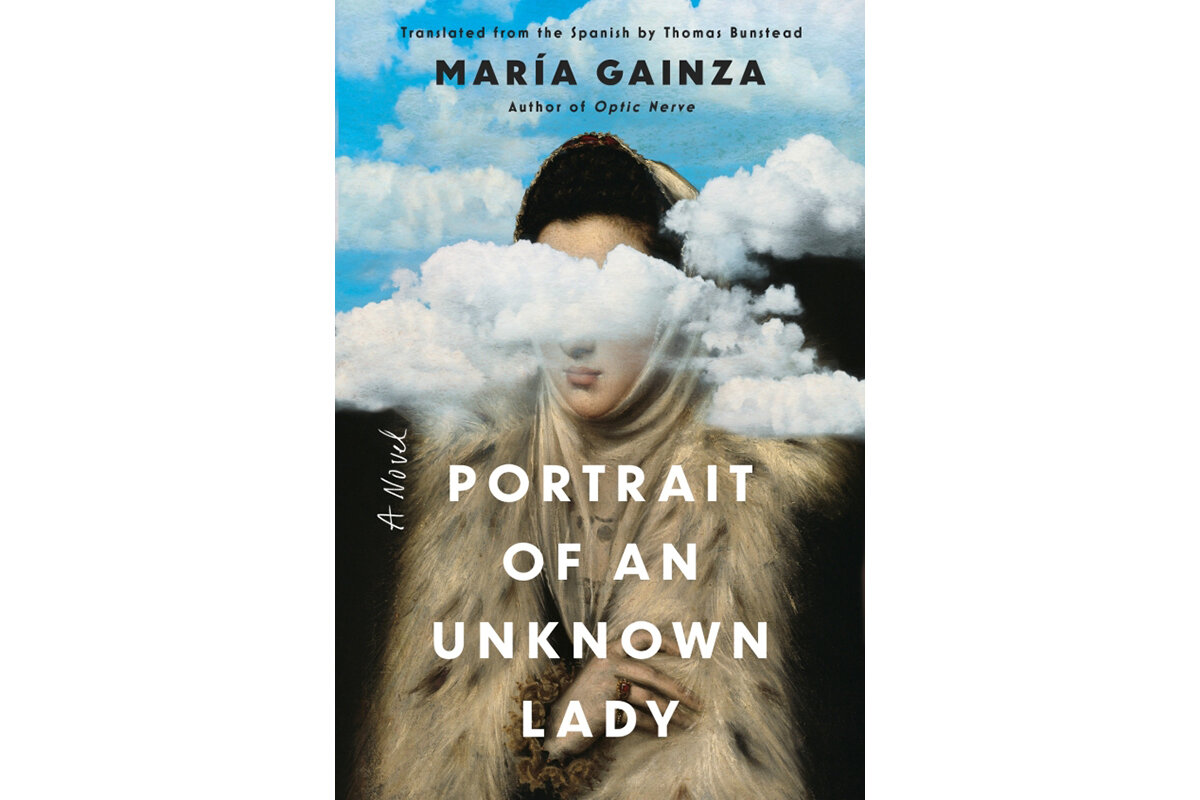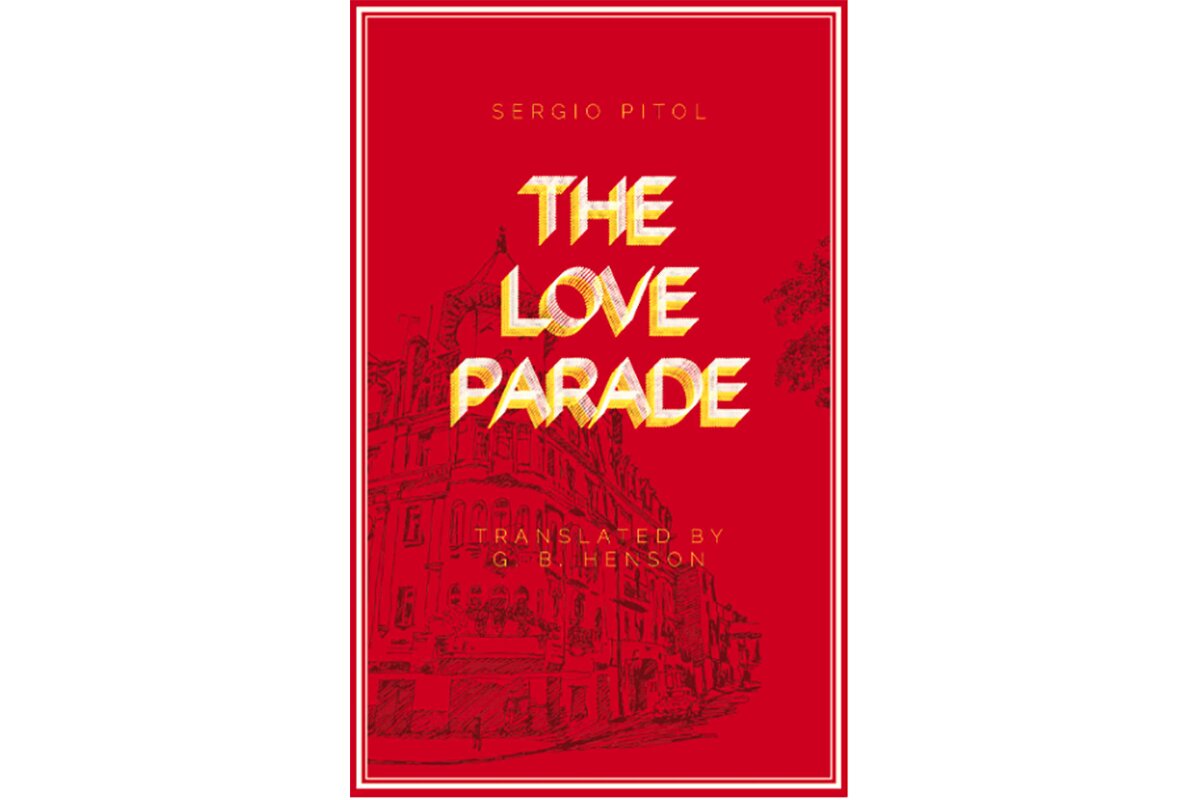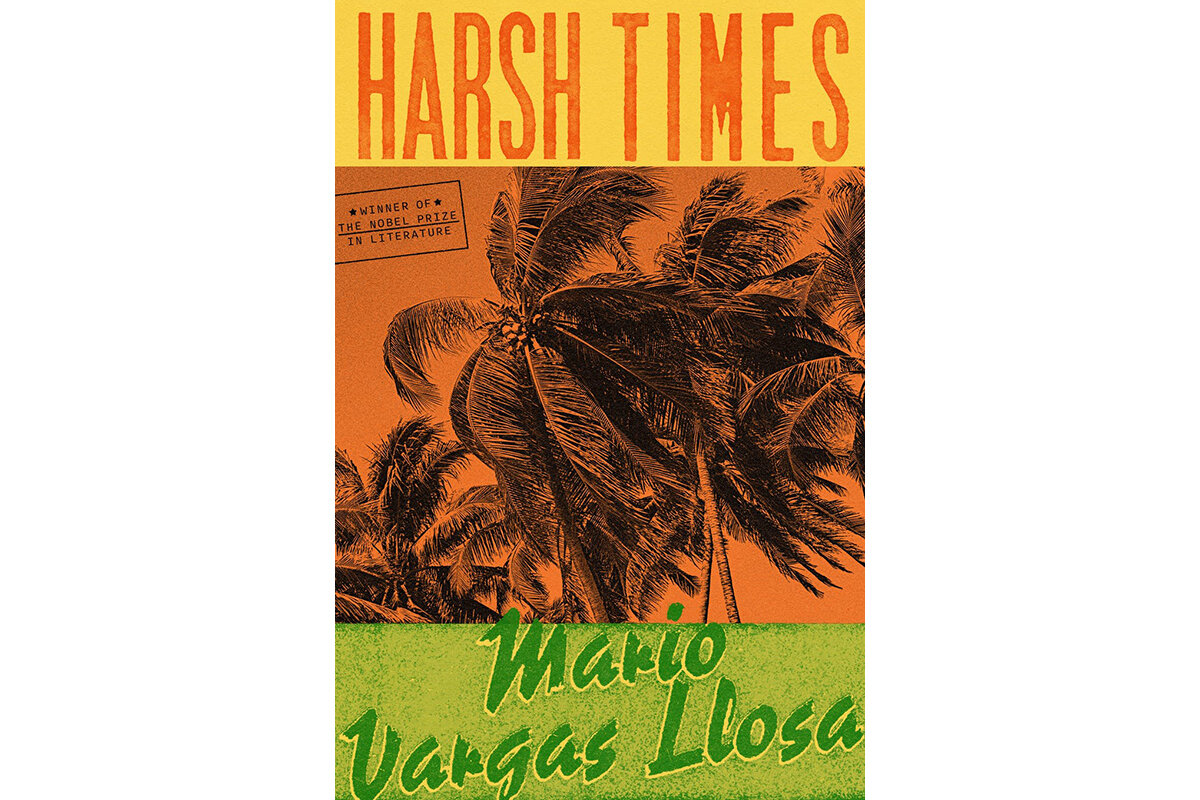Mystery, politics, and intrigue flourish in Latin American fiction
Loading...
From the art world of Buenos Aires to political intrigue in Guatemala to an underwater treasure hunt off the Galápagos Islands, literature from Latin America offers a window onto diverse cultures. Three novels and a collection of short stories, all recently translated from Spanish into English, lead readers through rich and varied history and terrain. The authors hail from four different countries – Argentina, Ecuador, Mexico, and Peru – and, while they share a common language, their styles, subject matter, and world view are very much their own.
Only about 1% to 3% of books published in the United States are works in translation, according to Three Percent, a literature project at the University of Rochester in New York. While writers like Elena Ferrante, Haruki Murakami, Isabel Allende, and Fredrik Backman, whose work originates in languages other than English, have found sizable readerships in the U.S., many outstanding writers from around the world have been overlooked. Fortunately, a number of publishers, some of them small, nonprofit operations, specialize in bringing out works of literary fiction in translation, affording English speakers an opportunity to embrace the larger world in their reading experience.
Argentine art mystery
“Can a forgery not give as much pleasure as an original?” asks a character in María Gainza’s “Portrait of an Unknown Lady.” “Isn’t there a point when fakes become more authentic than originals?”
Exploring issues of authenticity and originality, Argentine novelist and art critic Gainza offers up an impressionistic, unconventional, and highly rewarding novel about a group of art forgers in Buenos Aires in the 1960s.
Operating out of the seedy Hotel Switzerland, the group of “tatty bohemians” make money by selling forgeries of well-known artists to wealthy art collectors. The mysterious Renée is the group’s prime mover, a master forger who has the “disconcerting ability to enter the soul of another.” The unnamed narrator is a protégé of Enriqueta Macedo, the art authenticator at the Ciudad Bank who issues certificates of authenticity to the bogus works of art. Much of the novel recounts the narrator’s attempt in later years to track down the enigmatic Renée, who has long since disappeared.
Gainza burst onto the literary scene with “Optic Nerve,” written in 2014 and published in English in 2019. “Portrait of an Unknown Lady” is her much praised second novel, also translated into English by Thomas Bunstead.
A colorful collection
Memorable characters abound in “Family Album,” a collection of eight witty, compact, and highly entertaining stories by Gabriela Alemán, translated by Dick Cluster and Mary Ellen Fieweger. In “Family Outing,” one of the best of the bunch, an oil worker in Louisiana, needing to flee the country for unspecified reasons, takes a job in the Ecuadorian jungle providing protection to a group of overzealous young missionaries who want to convert the local Indigenous people, an endeavor that ends in violence.
In “Marriage,” a recently widowed woman learns that her husband was not the loser he appeared to be when she stumbles upon documents that link him to large off-shore bank accounts, secret contracts, shell companies, and other nefarious doings. This is one of several stories where the narrator probes into what she thought was a familiar story, only to reveal something quite different and unexpected.
A much-lauded writer in her native Ecuador, Alemán gained attention in the U.S. in 2018 with her English-language debut “Poso Wells,” a genre-bending satirical thriller. Her new slim, but potent, collection should win more readers for this engaging writer.
Mexican society portrait
In Sergio Pitol’s “The Love Parade,” historian Miguel Del Solar returns in 1973 from a teaching job in England to his hometown of Mexico City. He has learned of the unsolved murder of a young German man that was committed 30 years earlier at the Minerva, the once-fashionable apartment building where he lived as a child. There was a strong German presence in Mexico during World War II and Del Solar comes to suspect that the Minerva may have been the epicenter of some foreign intrigue.
Translated by G.B. Henson, “The Love Parade” borrows its title from the 1929 Ernst Lubitsch movie and follows Del Solar’s efforts to solve the murder mystery. He interviews a veritable parade of colorful characters – the owner of a prominent art gallery, a famous historian, a shady uncle, an eccentric bookseller, among others – all with connections to the building or the crime. Confusion ensues, as the interviewees contradict one another and most have something to hide. The book is not so much a whodunit as an engrossing portrait of a segment of Mexico City society during the 1940s.
Political intrigue in Central America
“Harsh Times,” the latest novel from the prolific Peruvian novelist and Nobel laureate Mario Vargas Llosa, is set in Guatemala and centers on the U.S.-backed coup in 1954 that overthrew the first democratically elected government in that country. When land reform and other progressive social policies of President Juan José Arévalo threatened the bottom line of the enormously profitable United Fruit Company, the company hired Edward Bernays, the American propagandist, to burnish its image in the U.S. The result was a media campaign that falsely painted Arévalo and his successor, Jacobo Árbenz, as communists and puppets of the Soviet Union, thus creating a justification for regime change.
Vargas Llosa, who ran unsuccessfully for president of Peru in 1990, has tackled political subjects in previous novels. In “Harsh Times,” he hews closely to the historical record, narrating the complex and sordid story of international conspiracy, corruption, and intrigue from the viewpoints of the participants, real and invented. Part political thriller, part historical fiction, it is a scorching rebuke of U.S. meddling in Latin American affairs, which he says has cost countries like Guatemala years of social and political progress.
While the novel, translated by Adrian Nathan West, sometimes reads like a history textbook and may not rank among the author’s greatest achievements, it offers much in the way of both education and entertainment.









